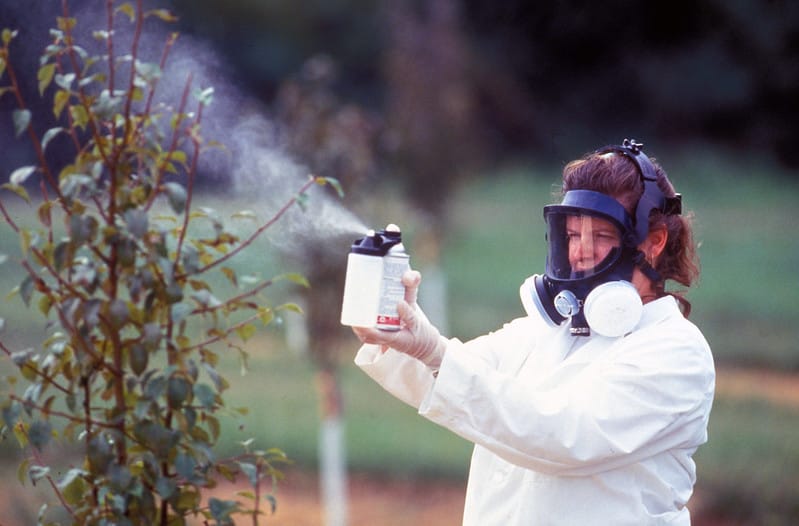
Stepping onto a farm always fills me with a mix of awe and respect. The vast fields, the scent of fresh soil, and the relentless dedication it demands—it’s a world unto itself. But beneath the serene landscape lies a myriad of risks that many overlook. Personal Protective Equipment (PPE) isn’t just a safety protocol; it’s the unsung hero that keeps our agricultural warriors safe.
In agriculture, PPE serves as the frontline defense against hazards like chemicals, livestock-related injuries, and environmental elements, ensuring the well-being of those who toil the land.
Yet, I’ve often pondered: with so many different tasks on a farm, how does one choose the right PPE? Let’s delve into this together.
What PPE is Essential for Pesticide Application?
I still recall a conversation with a farmer friend who once underestimated the potency of pesticides. The aftermath was a harsh lesson.
Essential PPE for pesticide application includes chemical-resistant gloves, protective eyewear, respirators, coveralls, and rubber boots—all designed to prevent skin contact and inhalation of toxic substances.
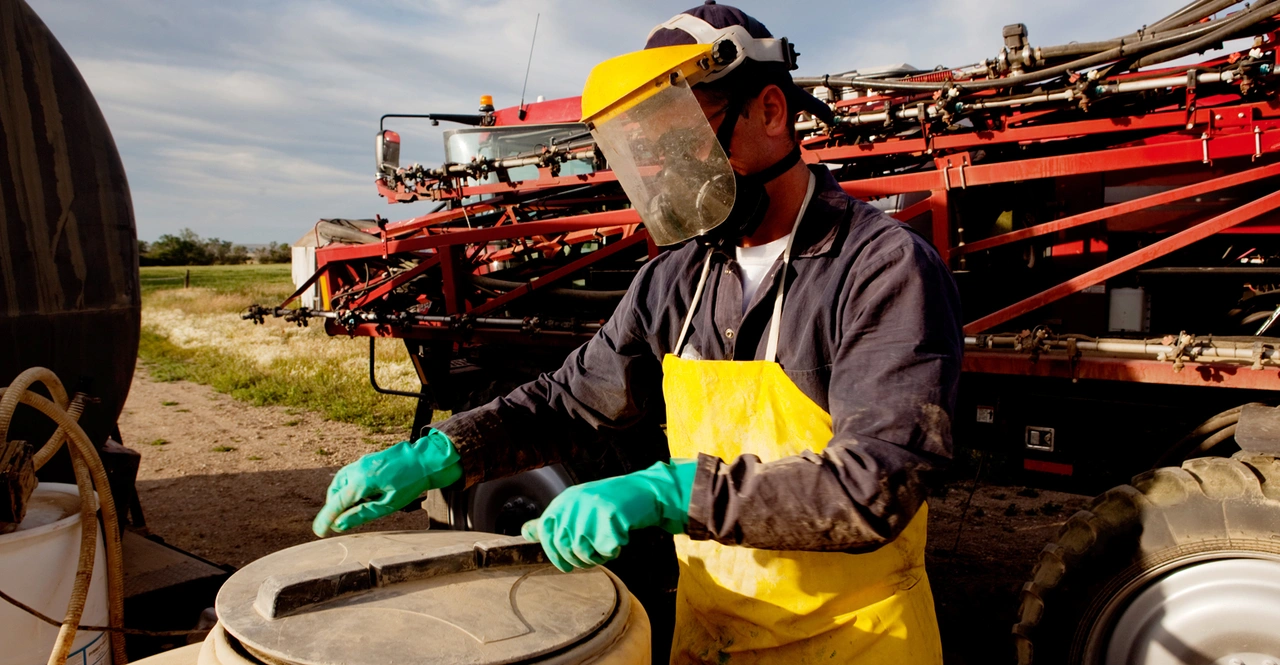
When dealing with pesticides, it’s not just about wearing gear—it’s about wearing the right gear. The chemicals can be deceptively dangerous, seeping through regular clothing and causing harm.
Diving Deeper into Pesticide PPE
Choosing PPE for pesticides isn’t a one-size-fits-all scenario. Factors like the type of chemical, application method, and duration of exposure play crucial roles.
- Chemical-Resistant Gloves: Nitrile or neoprene gloves offer superior protection compared to latex.
- Protective Eyewear: Goggles shield against splashes, while face shields provide additional coverage.
- Respirators: Depending on the pesticide, a simple dust mask might not suffice. Cartridge respirators with appropriate filters are often necessary.
It’s essential to read the pesticide label—it’s like a roadmap for safety. Manufacturers provide specific PPE recommendations tailored to their products.
How Does PPE Protect Against Chemical Exposure in Agriculture?
There was a time when I underestimated the value of that extra layer of protection. A minor spill reminded me how quickly things can go awry.
PPE acts as a barrier between the body and harmful chemicals, preventing absorption through the skin, inhalation, and accidental ingestion, thereby mitigating acute and chronic health risks.
Understanding the mechanisms of protection helps in appreciating why each piece of equipment is indispensable.
The Science Behind PPE Protection
- Skin Absorption Prevention: Materials like Tyvek in coveralls resist permeation by chemicals.
- Respiratory Protection: Respirators filter out harmful particles and vapors before they enter the lungs.
- Eye and Face Safety: Shields and goggles prevent chemicals from causing ocular damage.
By creating a physical barrier, PPE reduces the risk of conditions like chemical burns, respiratory illnesses, and long-term ailments like cancer.
What PPE is Recommended for Handling Livestock?
Animals can be unpredictable—I’ve had my fair share of surprise kicks and nips.
Recommended PPE for handling livestock includes sturdy boots with steel toes, gloves, protective eyewear, and sometimes helmets—to safeguard against kicks, bites, and other physical injuries.
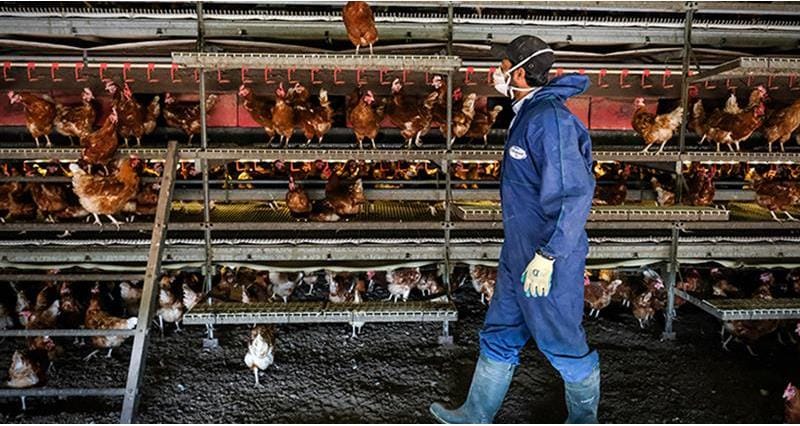
It’s not just about personal safety; proper PPE also ensures the humane treatment of animals by preventing accidental harm.
Navigating Livestock Interactions Safely
- Foot Protection: Steel-toed boots protect feet from heavy hooves.
- Hand Safety: Durable gloves shield against bites and scratches without sacrificing dexterity.
- Eye Protection: Prevents injuries from sudden movements or debris.
Understanding animal behavior is equally important. PPE is the last line of defense when unpredictable situations arise.
How Do Weather Conditions Affect PPE Choices in Agriculture?
Mother Nature has a mind of her own, and working in her domain means adapting constantly.
Weather conditions influence PPE choices by necessitating adjustments for temperature, moisture, and UV exposure—ensuring comfort without compromising safety.
I’ve learned that discomfort can lead to negligence. If PPE isn’t suitable for the weather, it’s tempting to skip it altogether.
Adapting PPE to the Elements
- Heat: Lightweight, breathable fabrics prevent overheating while maintaining protection.
- Rain: Waterproof gear keeps you dry and focused on the task at hand.
- Cold: Insulated PPE ensures mobility isn’t hindered by low temperatures.
It’s a balancing act—protecting oneself from both environmental and work-related hazards.
What PPE is Used to Prevent Respiratory Issues from Dust?
Dust might seem harmless, but prolonged exposure told me otherwise when I developed a nagging cough one season.
To prevent respiratory issues from dust, PPE like dust masks, respirators with particulate filters, and sometimes full-face masks are used to filter out harmful particles from the air.
Dust can carry mold, bacteria, and chemicals—it’s more than just dirt.
Breathing Easy with the Right PPE
- Dust Masks: Suitable for low-level exposure but not for toxic substances.
- Respirators: Necessary for environments with high dust concentrations or harmful particulates.
Consistent use is key. Even short exposures can accumulate over time, leading to chronic conditions.
How Often Should Agricultural PPE Be Inspected or Replaced?
This reminds me of when I neglected my gloves, only to have them fail me when I needed them most.
Agricultural PPE should be inspected before each use and replaced according to manufacturer guidelines or immediately if damaged—to ensure optimal protection at all times.
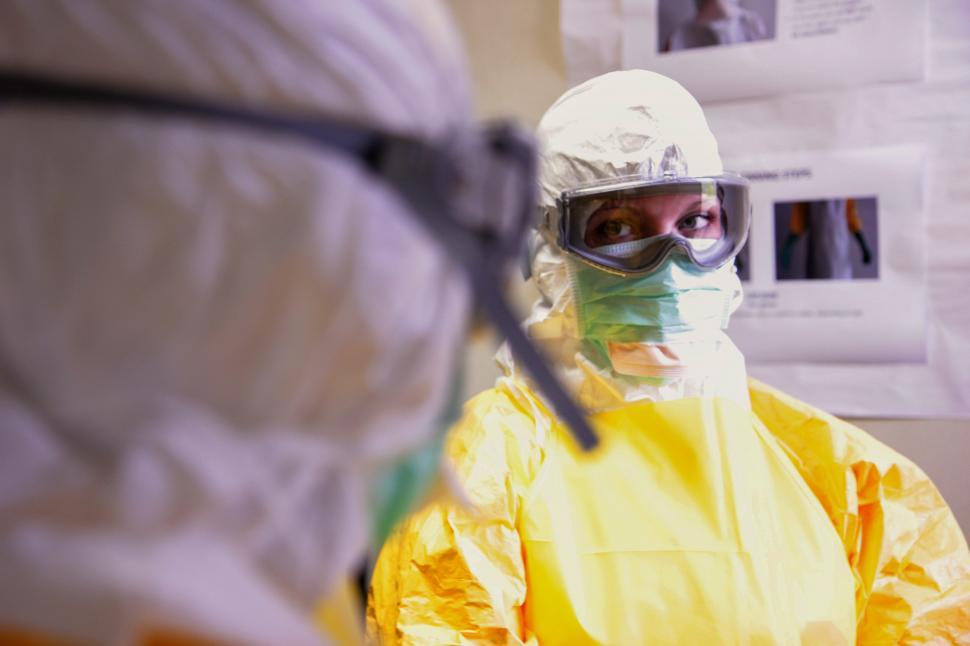
Regular maintenance isn’t just a recommendation; it’s a responsibility we owe to ourselves.
Keeping PPE in Top Shape
- Daily Checks: Look for tears, wear, and contamination.
- Cleaning Regimens: Some PPE can be cleaned and reused; others are single-use.
- Manufacturer Guidelines: They provide timelines for when items should be retired.
Investing time in inspection can prevent equipment failure when safety is on the line.
Conclusion
Agriculture is more than a profession—it’s a commitment to nurturing life. But in giving so much to the land, we must not forget to protect ourselves. PPE is an essential companion on this journey, shielding us from the unseen dangers that come with the territory. Let’s honor the work we do by staying safe, informed, and ever vigilant.
Zion Zhang
Recent Posts
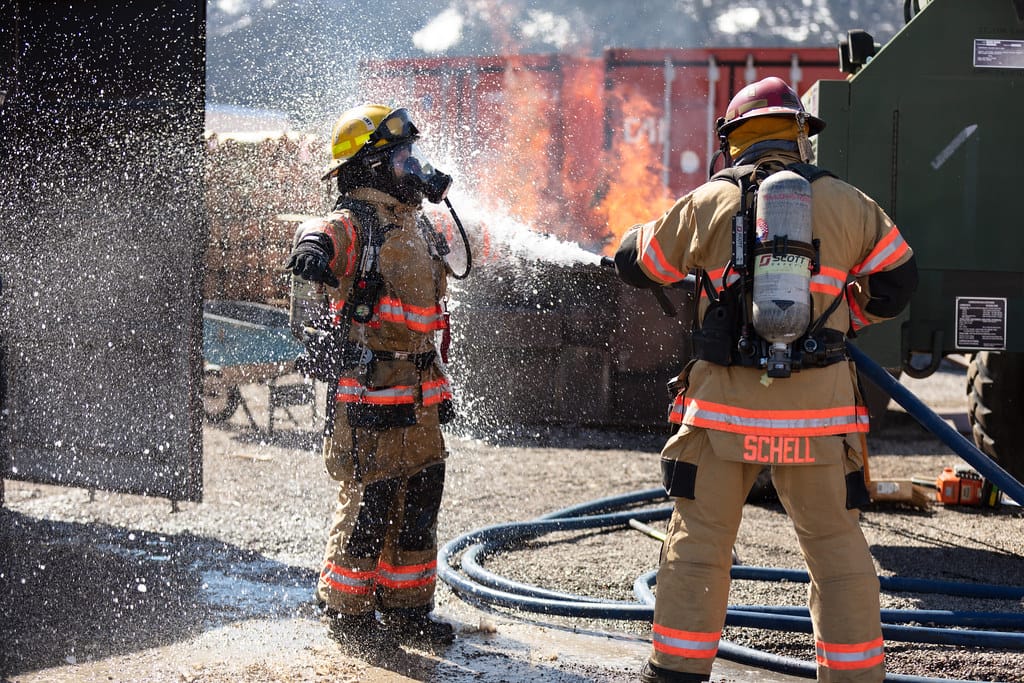 FR PPE Maintenance Program: How to Extend Lifespan and Ensure Safety2025年6月27日Flame Resistant (FR) clothing saves lives—but only if it […]
FR PPE Maintenance Program: How to Extend Lifespan and Ensure Safety2025年6月27日Flame Resistant (FR) clothing saves lives—but only if it […]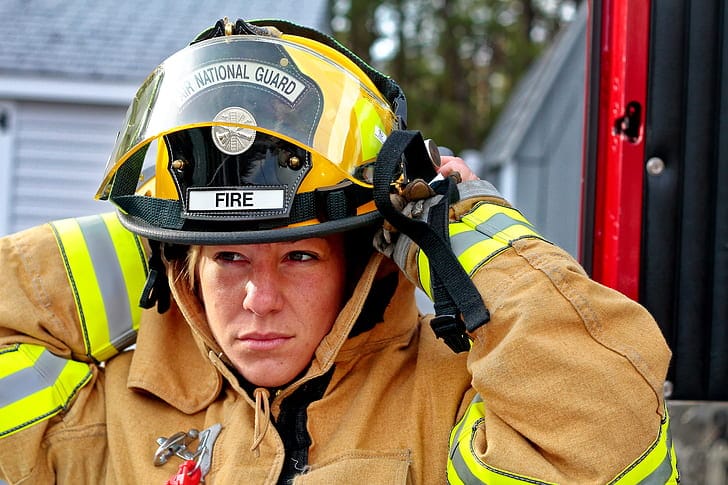 FR Clothing for Women: Safety, Fit, and Function Without Compromise2025年6月27日If you walk onto a jobsite today, chances are you’ll see […]
FR Clothing for Women: Safety, Fit, and Function Without Compromise2025年6月27日If you walk onto a jobsite today, chances are you’ll see […]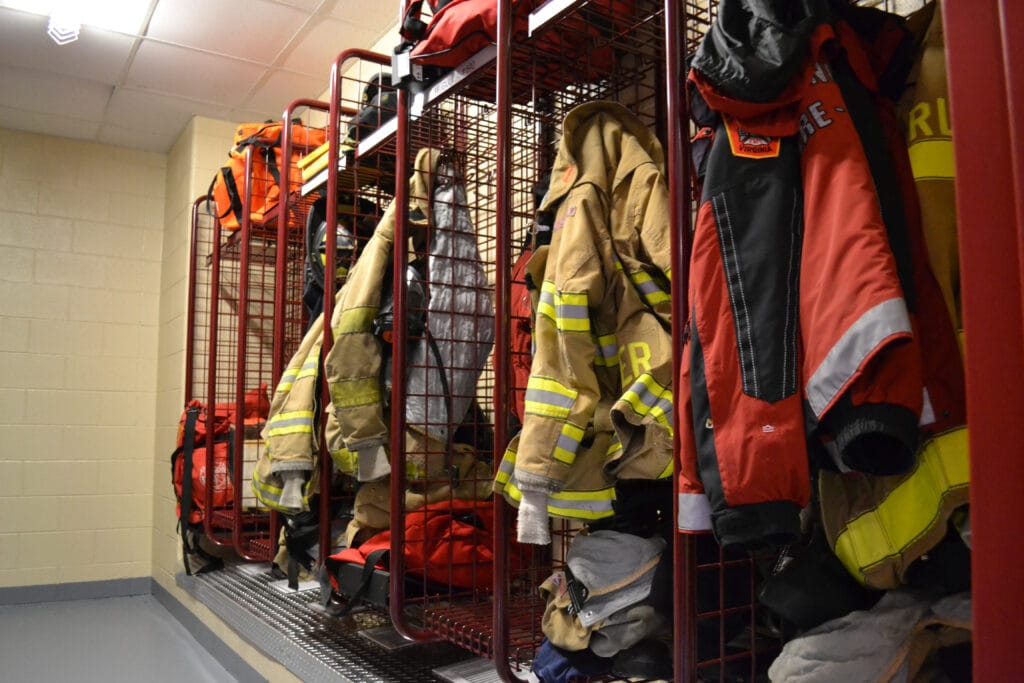 Flame Resistant Accessories: Balaclavas, Hoods, and Neck Gaiters2025年6月27日When it comes to PPE, most teams focus on jackets, gloves, […]
Flame Resistant Accessories: Balaclavas, Hoods, and Neck Gaiters2025年6月27日When it comes to PPE, most teams focus on jackets, gloves, […]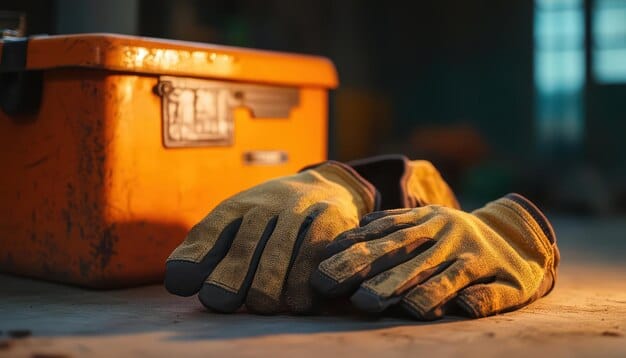 FR Work Gloves: Protecting Your Hands from Fire and Heat2025年6月27日When it comes to workplace safety, hands are on the front […]
FR Work Gloves: Protecting Your Hands from Fire and Heat2025年6月27日When it comes to workplace safety, hands are on the front […]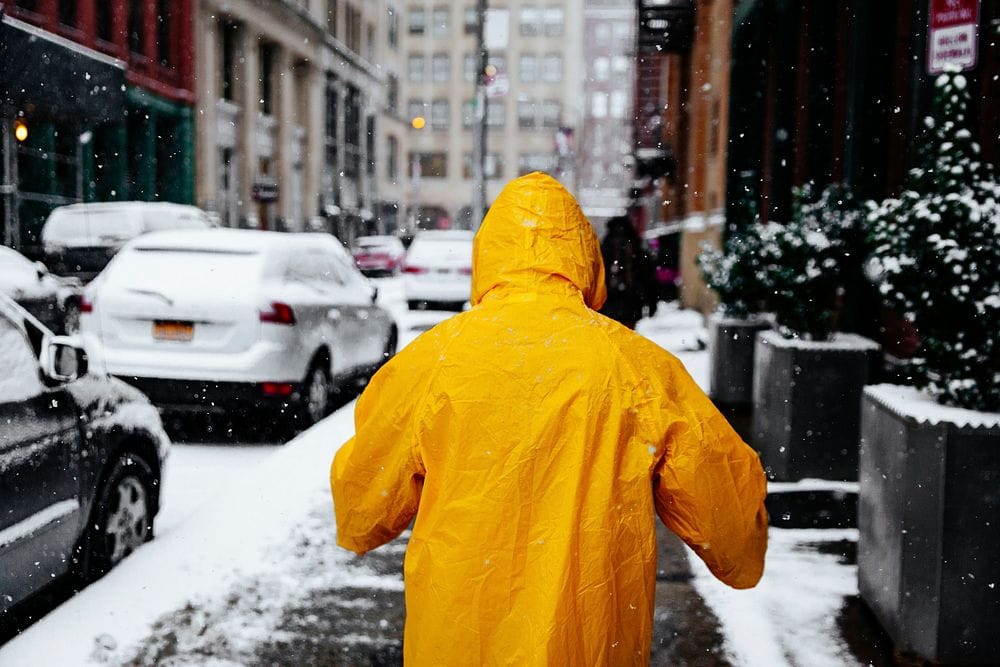 FR Rainwear: Staying Dry Without Compromising Safety2025年6月27日When the weather turns bad, staying dry isn’t just about […]
FR Rainwear: Staying Dry Without Compromising Safety2025年6月27日When the weather turns bad, staying dry isn’t just about […]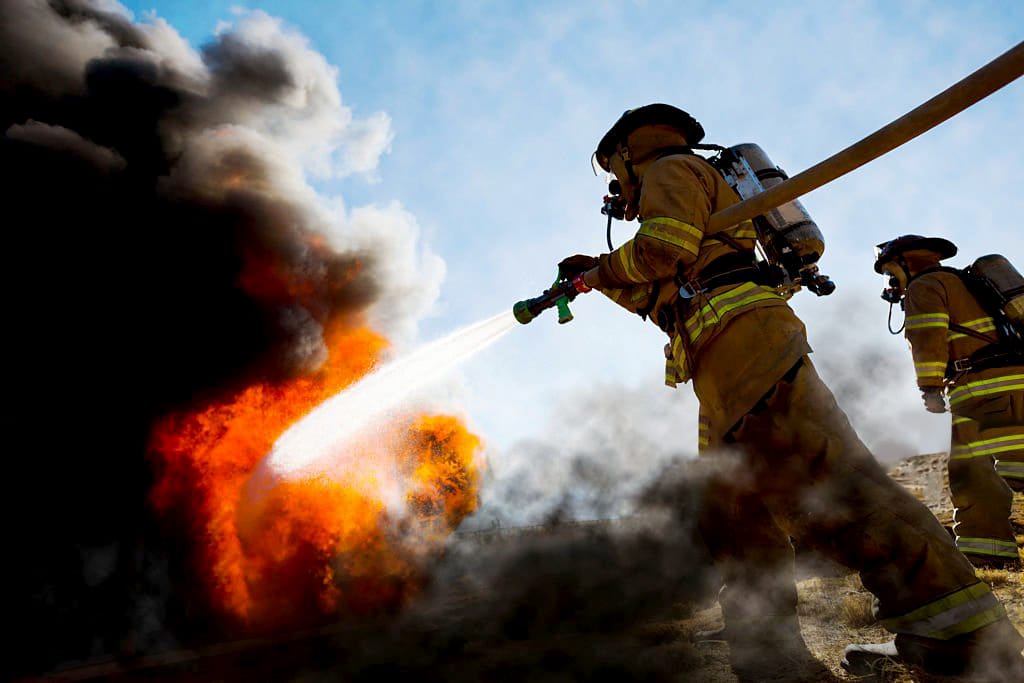 Flame Resistant Base Layers: Hidden Protection with Maximum Impact2025年6月25日Most people think FR protection starts and ends with […]
Flame Resistant Base Layers: Hidden Protection with Maximum Impact2025年6月25日Most people think FR protection starts and ends with […]
CONTACT US
- Feel free to contact us any time. We will get back to you as soon as we can!
- +86-17330061805
